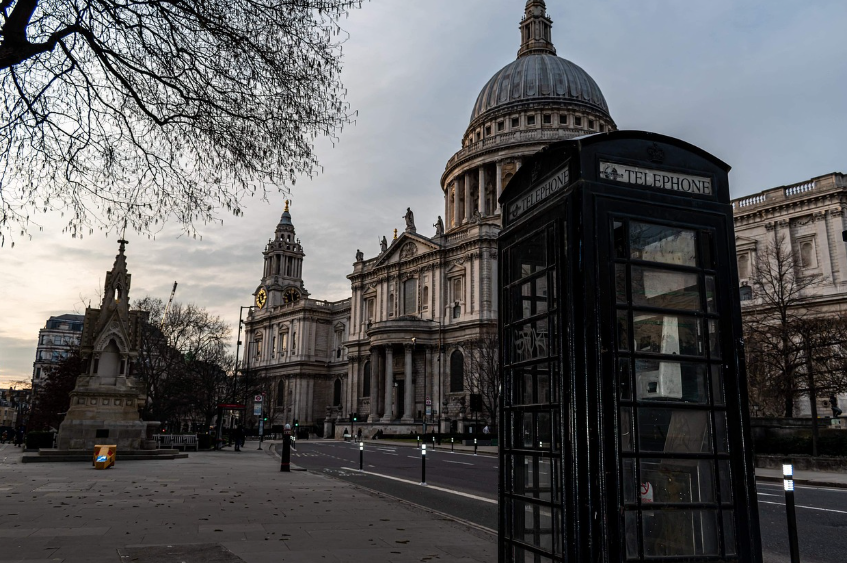
The United Kingdom’s annual inflation rate unexpectedly rose to 3.5% in April, reversing a recent trend of easing price pressures and exceeding economists' forecasts. According to data released by the Office for National Statistics, consumer prices accelerated more sharply than the 3.3% increase that analysts had anticipated, up from 2.6% recorded in March.
This spike in inflation comes as a blow to British households already grappling with rising living costs. The main contributors to the increase were housing, utilities, transport, and recreation. These sectors saw price surges driven by recent regulatory and seasonal changes.
Among the key drivers of the uptick were adjustments to energy price caps and an increase in regulated charges, including higher business taxes. Seasonal influences such as the Easter holidays and warmer weather also played a role in boosting prices during the month.
The latest inflation reading presents a fresh challenge for the Bank of England, which recently cut its benchmark interest rate to 4.25% in a bid to support the economy amid signs of slowing growth. While the central bank had anticipated a temporary rebound in inflation due to changes in energy costs and regulation, April’s figures may complicate future monetary policy decisions.
The Bank of England maintains a long-term inflation target of 2% and has stated that any further rate reductions would be implemented gradually. However, the stronger-than-expected inflation data could force policymakers to pause or reconsider the pace of future rate cuts.
Adding to the complexity are external pressures, such as recently imposed US tariffs, which analysts warn could dampen the UK’s economic momentum. While the British economy grew by 0.7% in the first quarter of 2025, that momentum is expected to slow in the coming months as both businesses and consumers adjust to the latest wave of tax hikes and cost increases.
The April inflation figures highlight the delicate balancing act facing UK policymakers: managing inflation without derailing economic recovery. As inflation proves more persistent than anticipated, the path forward for interest rates and broader economic policy remains uncertain.
Disclaimer:
The information provided in this article is for informational purposes only and does not constitute financial or investment advice. Readers are advised to consult with a qualified financial advisor before making any financial decisions. The views expressed are based on publicly available data and do not reflect the opinions of the blog author or publisher.




